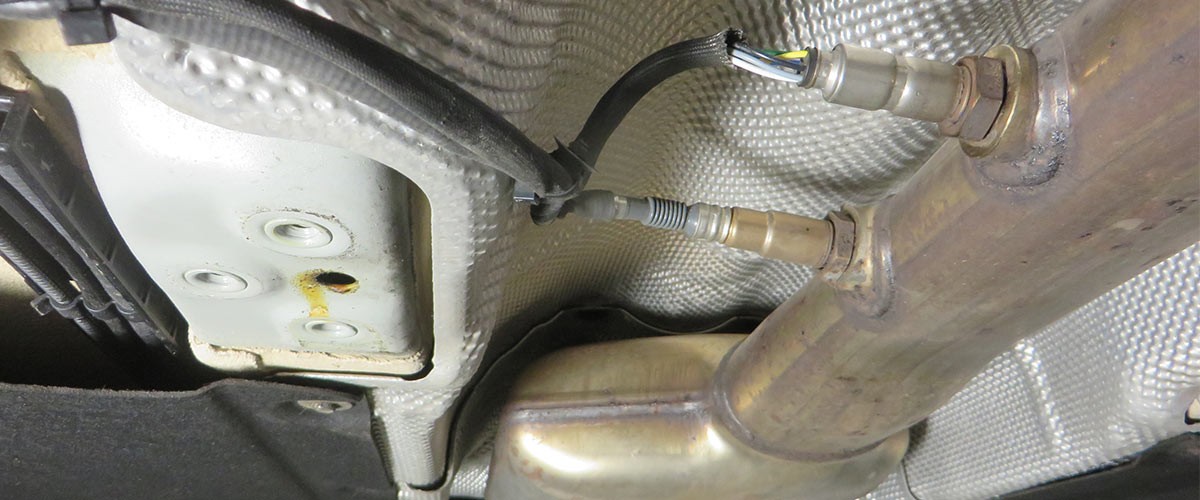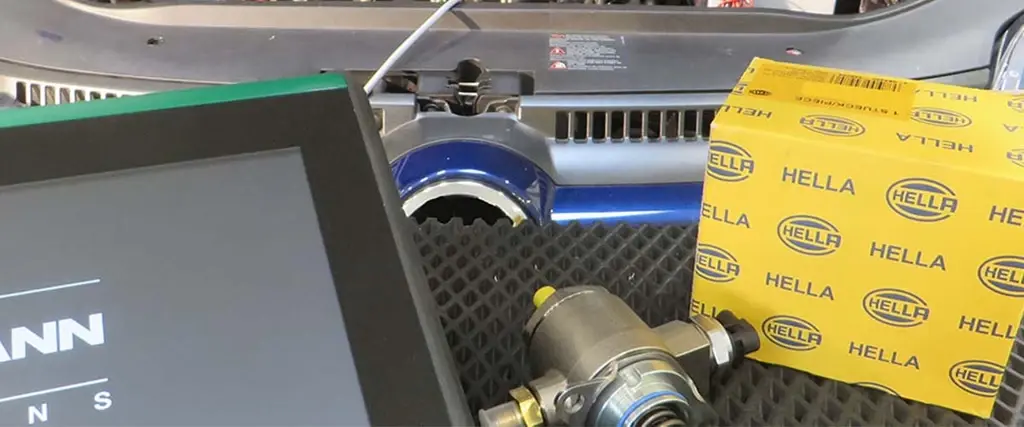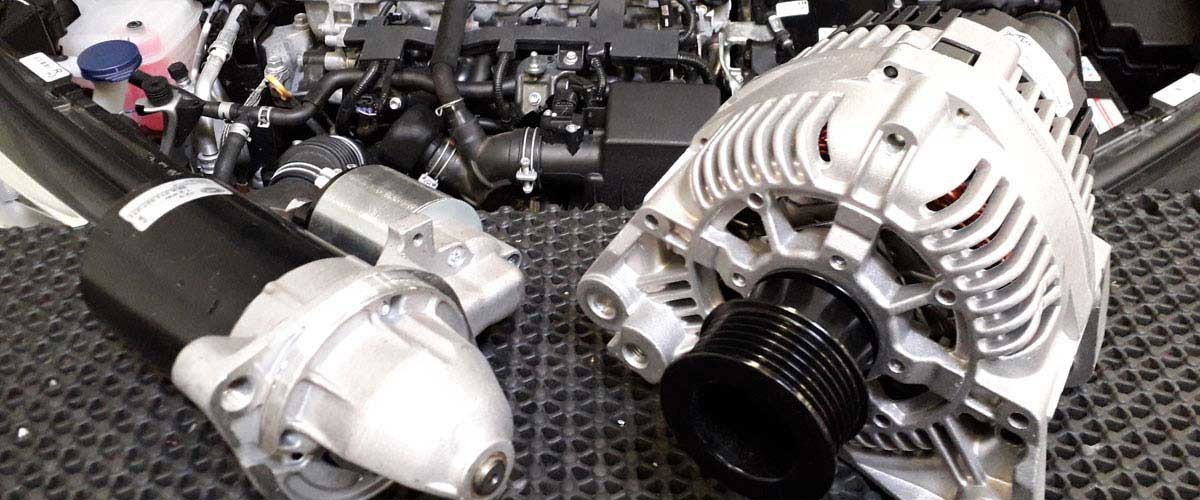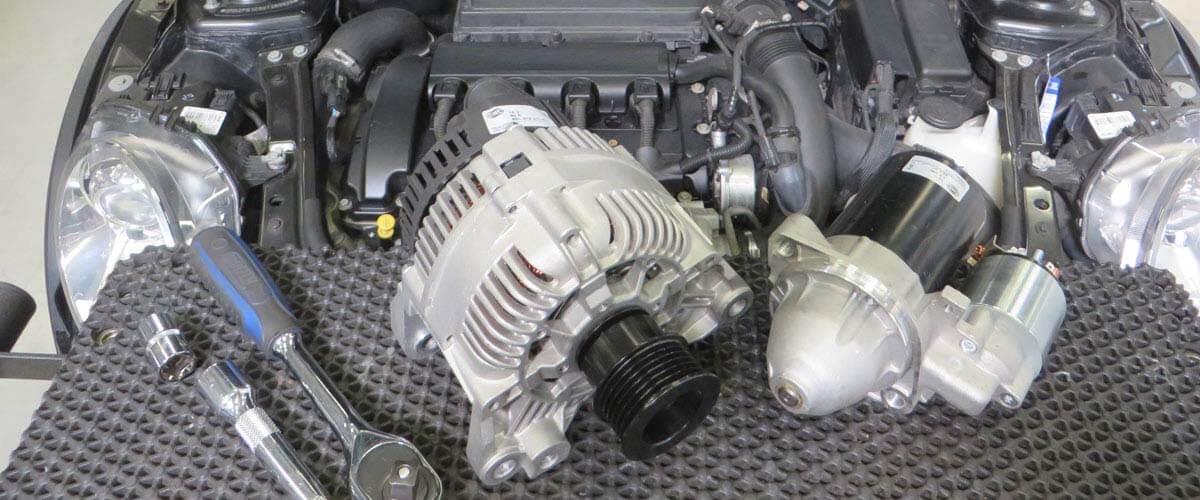Check the throttle valve potentiometer
Check the throttle valve potentiometer for damage
The throttle valve potentiometer informs the engine control unit about the opening angle of the throttle valve. The signal from this sensor is required to calculate the injection quantity, for example. This page explains the design and function of the throttle valve potentiometer. We will also show you which symptoms could indicate a fault in the sensor and how it can be checked in the workshop with simple means.
Important safety note
The following technical information and practical tips have been compiled by HELLA in order to provide professional support to vehicle workshops in their day-to-day work. The information provided on this website is intended for suitably qualified personnel only.
A defective throttle valve potentiometer can manifest itself as follows:
Causes of throttle valve potentiometer failure can be:
Check the throttle valve potentiometer for damage
Check the plug connection to ensure it is fitted correctly and for any contamination
Measure the resistance at the throttle valve potentiometer ( circuit diagram required for pin assignment). Connect the ohmmeter and check the resistance with the throttle valve closed; slowly open the throttle valve and monitor the change in the resistance (an interruption to the sliding contact can be identified during the measurement). Check the resistance with the throttle valve fully open (observe the manufacturer's specifications).
Check the cable connections to the control unit for continuity and a short circuit to frame (circuit diagram required for pin assignment). Check the continuity of the individual cables with removed control unit plug and component plug; reference value approx. 0 ohms. Also check each cable against vehicle ground for a short circuit to frame; reference value approx. >30 MOhm.
How helpful is this article for you?
Success
Success
Success
Success
Error
Thank you for your feedback!
Wrong Captcha
Something went wrong




Benefit from consenting to our cookies ‒ we use cookies to:
By clicking on "I agree", you consent to the placement of cookies.
You can find out more about the cookies used by HELLA websites in our Cookie Policy .
Our cookies do not contain any personal data.
For more information, see our data protection notice.
Great! Just one more Step
Head to your inbox and confirm your email address so that you don’t miss our updates!
Get ready for brand new technical videos, car repair advice, trainings, helpful diagnostic tips, marketing campaigns and much more... delivered straight to your inbox every two weeks!
Sign up for our free HELLA TECH WORLD newsletter to receive the latest technical videos, car repair advice, training, marketing campaigns and diagnostic tips.
Together we can get cars back on the road quickly!
Success
Success
Error
Please note: You will only be subscribed to the newsletter once you have clicked on the confirmation link in the notification e-mail you will receive shortly! Data Protection | Unsubscribe
